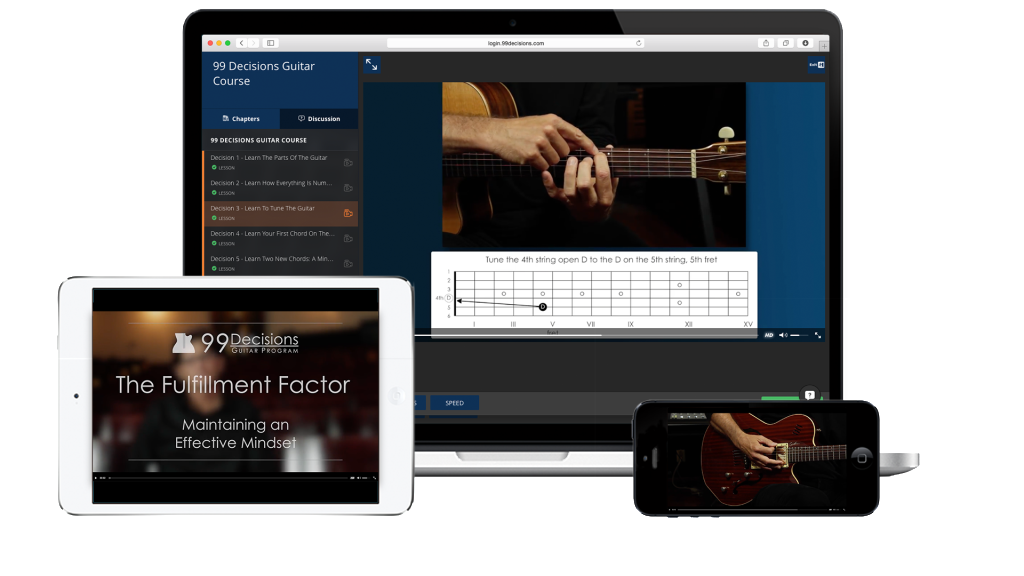It’s time for Tales of Symmetry.
That sounds like some kind of video game.
It is not.
It’s the blog post title for today.
Why would I write about video games?
So…
Right hand picking technique is crucial to developing awesome guitar skills. And there are many strategies & approaches when it come to RHPT.
(acronyms… heavy sigh)
Alternate picking is the most common approach, although, as I type these words I am realizing that this is not exactly an accurate thing to say.
Alternate picking is a part of every guitarists technique. There, that’s better way to put it. Any individual player is going to be an amalgamation of different picking techniques but we do not have room here to discuss right picking in it’s entirety so let’s just focus on the basics of AP… I mean, alternate picking.
For one, alternate picking is real neat & tidy.
It can be distilled into an absolute:
Never do two down strokes or two up strokes in a row.
Period.
End of story.
I’m just messing witcha. It doesn’t work out that way in real life.
Of course we have to do consecutive down strokes or up strokes.
This is art, remember?
And art gets messy.
But here’s the thing…
You have to lay a solid consistent foundation when it comes to technique before you get to the messy part.
If you start with messy, and then it gets messier, it all ends up really messy. And by messy, I mean that there is no rhyme or reason, or sense of order, or consistency, to your right hand picking technique.
And this means you have very little control over things like… scale patterns.
Yeah, scale patterns.
Let’s make those our vehicle to apply this whole alternate picking thing I’m going on & on about.
When you have a concise & controlled situation like a simple scale pattern, you can use strict alternate picking and have everything work out not messy…er, neat & tidy.
Almost.
When we use scale patterns to play music, most of the time it isn’t this neat & tidy so alternate picking turns into a whole other thing… a thing that gets messy.
But let’s just use alternate picking to the play a scale pattern ascending & descending. I call this “laboratory conditions”.
And let us use the Minor Pentatonic Scale Patterns since they possess a symmetry that is helpful…
What? You don’t know the minor pentatonics I speak of?
Here… 99 Decisions- Minor Pentatonic Scale Patterns
I’m going to walk you through this…
Wait! First, you better read this:
When using directional & locational terms to describe note direction & location on the guitar, you have to always be referring to pitch.
So… top & bottom, up & down, high & low, ascending & descending, are describing notes in reference of their pitch.
This can cause much confusion for your brain if you are inconsistent with how you are thinking about such things.
For instance, many many people think of the 1st string as being the “bottom” string since it is closest to the floor. But its pitch is higher than the other five strings so it is actually the “top” string. Same thing goes with calling the 1st string the “low” string. It is actually the “high” string. And also, “up” or “down” the neck, or “ascending” and “descending” a scale pattern.
It’s all about pitch, I tell you!
And I’m not just talking about how you say it to other people, I’m mostly talking about how you, yourself, think about such things.
You know… cognition. (my favorite word, apparently)
Let me organize it nicely for your brain in this list
top
high
up
ascending
bottom
low
down
descending
Got it?
Okay, here goes me talking you through a scale with right hand picking…
Each of the five patterns of the Minor Pentatonic Scale or, MPS (really?) have two notes per string, on all six strings.
Let’s reference each of the two notes by their pitch. So there’s the lower of the two notes and the higher of the two notes.
And then we are using one of two picking strokes per note: down or up.
(Ah, all even numbers…this is going to be so not messy!)
On the 6th string, start with a down stroke on the lower note. (which is, BTW, also the lowest note of the pattern)
Then, play the higher note with an up stroke.
Then on the 5th string, play the lower note with a down stroke & then the higher note with an up stroke.
Continue in the same manner for strings 4, 3 & 2.
But when you get to the first string, all hell breaks loose. (not really… no need for drama yet)
Did I mention we’re going to play the scale ascending & descending, without hitting the top note twice?
Well, I just did.
What this means is that you will be playing three notes on the 1st string because you are turning around the top-most part of the pattern and continuing back down (descending) the scale.
Well, there goes our even numbers thing! But don’t panic… it’s no big thang.
It means you are going to play a down stroke on the lower note, then an up stroke on the higher note, then down stroke on the lower note again.
Now, when you go to the 2nd string, you will be playing an up stroke on the higher note & a down stroke on the lower note.
Continue on in the same manner for strings 2, 3, 4, 5 & 6.
When you get to the lowest note of the pattern on the 6th string, you’ll have played a down stroke.
Which means you end with the stroke you started the pattern with. But this is a terrible way to determine if you maintained alternate picking throughout the entire scale, ascending & descending. It would be much better for you to watch your right hand while it picks each note & keep track of it in real-time, so to speak.
Did I mention that watching your right hand while you play scales is good for you?
Well, I just did.
So if you are going to play multiple passes at this scale pattern, then you will play an up stroke on the higher note of the 6th string and go back out ascending.
Continue ad infinitum.
So playing a pattern over & over means you’ll be playing three notes on the 1st string and three notes on the 6th string everytime you turnaround from assending to descending to ascending, etc.
Do you know what I just did here?
I talked you through a scale pattern using directional terms for the left hand note location… high & low for pitch, as well as string numbers.
Then I just assigned a pick stroke to each note- down or up.
This is probably not what you are used to doing.
You are probably used to relating to these scale patterns by finger numbers &/or diagrams &/or TAB &/or whatever, which is cool. And then you might not be paying any attention to which stroke you are using on each note. Please realize that your brain is processing scale pattern information & performance on a few different levels so this approach here bypasses, in a sense, your brain’s desire to go for the obvious… finger numbers without consideration for right hand picking.
So if you made it through all of that, you had an extremely cognitive experience of a scale pattern.
This is very good for you… trust me.
It is ever so common for guitarists to not pay much attention to their right hand picking. I spend a lot of time helping people with this issue because it often is the main reason they are stuck at where they’re at with their technical facility. By working out specific picking strategies like this, it programs your subconscious in a way that prepares it for when things get messy…I mean, not symmetrical.
It behooves you to create consistency wherever you can. And it is much easier to be consistent when everything is symmetrical. The brain likes that.
In this case, we had symmetry with a scale pattern that has 2 notes per string on 6 strings combined with 2 picking stroke options.
Yay for even numbers!
Take these directions and apply them to all five patterns. You will then see what I mean. You will also be doing yourself a good deed by organizing your right & left hands in a manner that lays the solid foundation I mentioned earlier.
Because ultimately… who likes messy?



Leave A Response